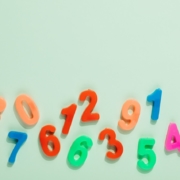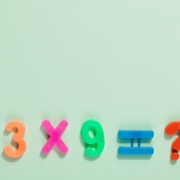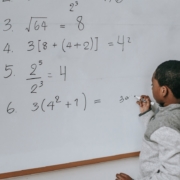Math Lesson Plan on Estimating Numbers for First Graders
Lesson Title:Estimating Numbers for First Graders
Lesson Objective: Students will understand the concept of estimation and be able to use it to make educated guesses about quantities.
Materials:
Introduction (5 minutes):
1. Begin the lesson by introducing the concept of estimation. Explain to students that estimation is a way of making an educated guess about a quantity.2. Show the students a small container filled with buttons, beans or blocks and ask them to make an estimate of how many objects are in the container.
3. Have the students share their estimates and then count the objects to see how close their estimates were.
4. Write the estimation statement “The container has about 20 objects” on the chart paper and have the students explain what it means.
Direct Instruction (15 minutes):
1. Pass out small cups or containers filled with small objects to each student.2. Have the students estimate the number of objects in their cups and then count them to check their estimates.
3. Call on a few students to share their estimates and the actual number of objects in their cups.
4. Write the estimation statement on the chart paper and have the students help solve them.
5. Review the concept of estimation and the importance of making educated guesses.
Guided Practice (20 minutes):
1. Pass out the estimation worksheets to each student.2. Have the students work with their partners to complete the estimation problems on the worksheets using the small objects and cups provided.
3. Circulate around the room to assist and check for understanding.
4. Encourage the students to use estimation strategies, such as grouping the objects into smaller piles and counting them.
Independent Practice (10 minutes):
1. Have the students complete a few more estimation problems on their own.2. Provide extra support and assistance as needed.
Closure (5 minutes):
1. Review the key concepts of estimation with the students.2. Have a few students share their solutions to an estimation problem.
3. Remind the students that estimation is an important math skill and will be used in many areas of their lives.
Assessment: Observe students during independent practice, check the estimation worksheets and informally assess students’ understanding of the estimation concept using verbal questions. Also check if students are able to make educated guesses, use estimation strategies and use the small objects to solve the problems.









